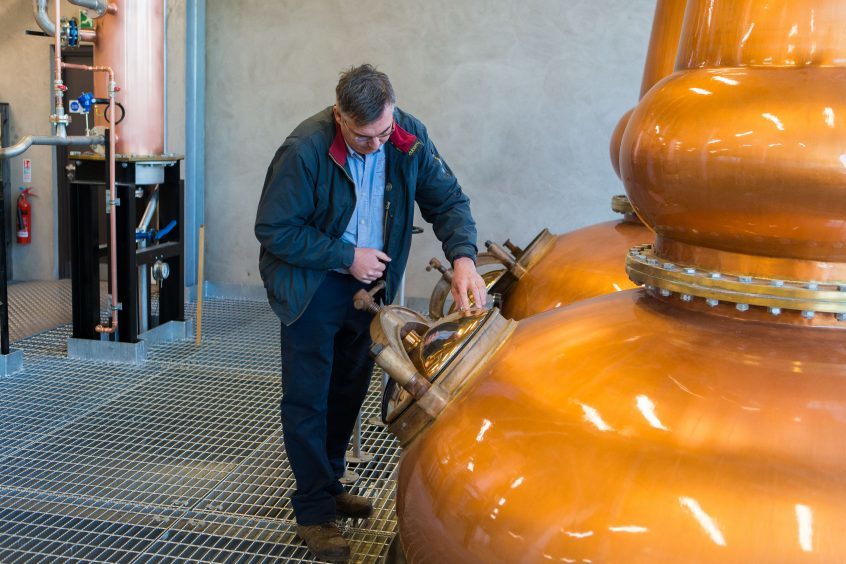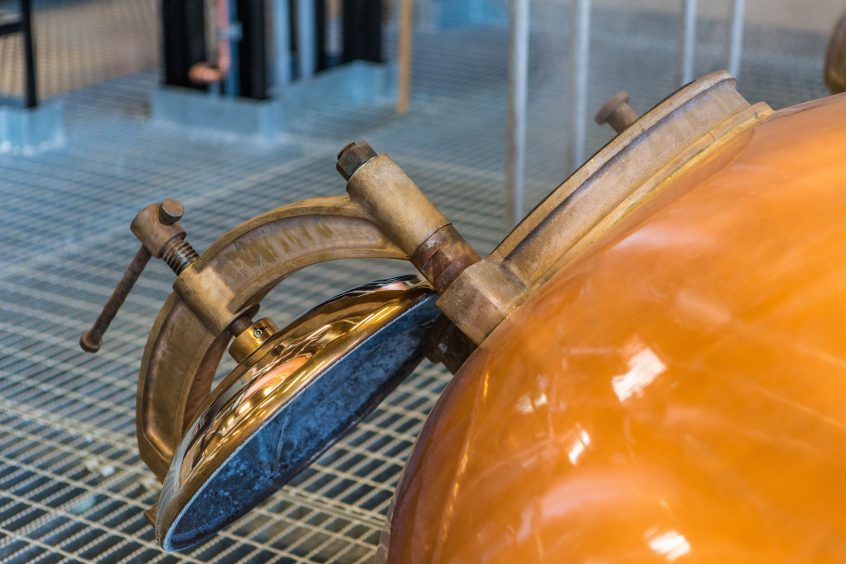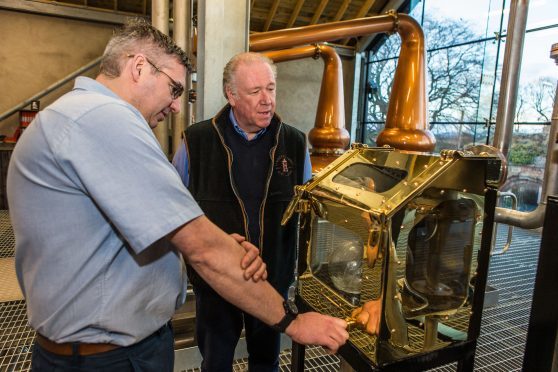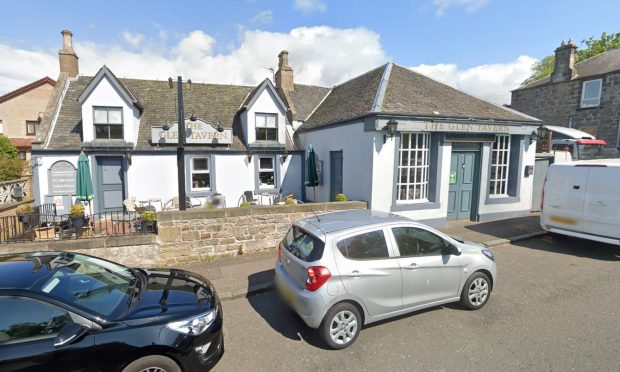Whisky is being distilled once more at the amber nectar’s spiritual home, more than five centuries after its first recorded production.
Stills were fired up at Lindores Abbey Distillery, in Fife, and the first cut of distilled spirit taken.

The cut was saved for storage in Woodford Reserve and Old Forester bourbon barrels from Kentucky, and the first bottle of single malt will be ready to pour in three years.
It was at the Newburgh abbey in 1494 that exchequer rolls noted monk Friar John Cor had paid duty on eight bolls of malt to make aqua vitae for King James IV.
Abbey custodians Drew and Helen McKenzie Smith devoted 20 years to establishing a distillery and visitor centre.
Drew and distillery manager Gary Haggart created a historic moment as they took the first cut of spirit.

Having waited 523 years for production to resume, those anxious to see creation of Lindores whisky start when the distillery opened in October were kept waiting a little while longer while equipment was commissioned and permission given to start the process.
Then distillery manager Gary Haggart held up the process for a further two and a half hours on Wednesday as he ensured the spirit flow was perfect.
Mr McKenzie Smith said: “Very importantly, we had to get the go-ahead from HMRC, which is ironic because this whole story started because of the taxman in 1494!
“This is now a working distillery. Today we started making spirit for the first time in 523 years.”
The cut from three unique stills was saved to be stored in Woodford Reserve and Old Forester bourbon barrels from Kentucky.
Lindores Abbey Distillery will produce 150,000 litres of spirit a year, with visitors able to tour the plant.
No gin will be produced from its new make spirit during the three year wait for Scotch whisky status.
Instead, in keeping with its heritage, the distillery will produce aqua vitae using herbs and spices grown on site which would have been used in spirit production in 1494.
Beehives are also being reintroduced, reviving the honey production of the monks, and orchards are to be planted where Scotland’s largest pear tree once stood.










